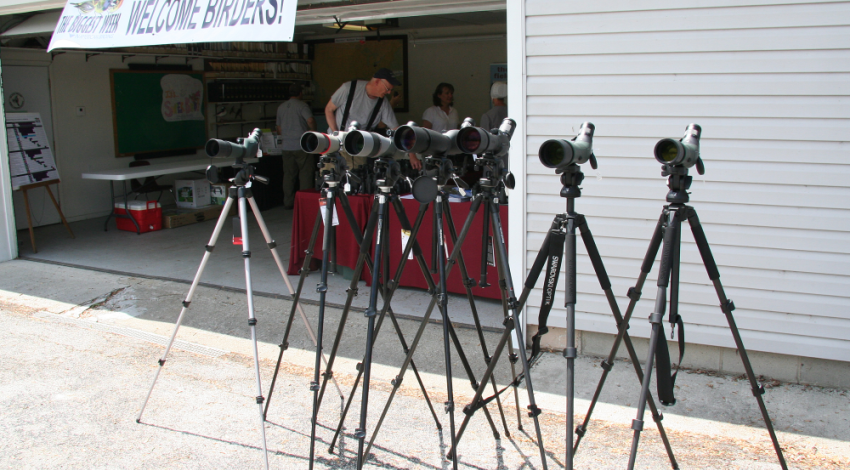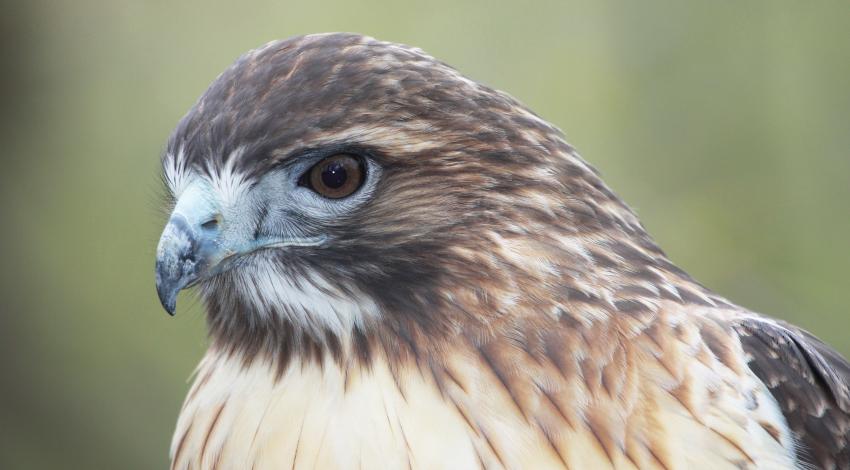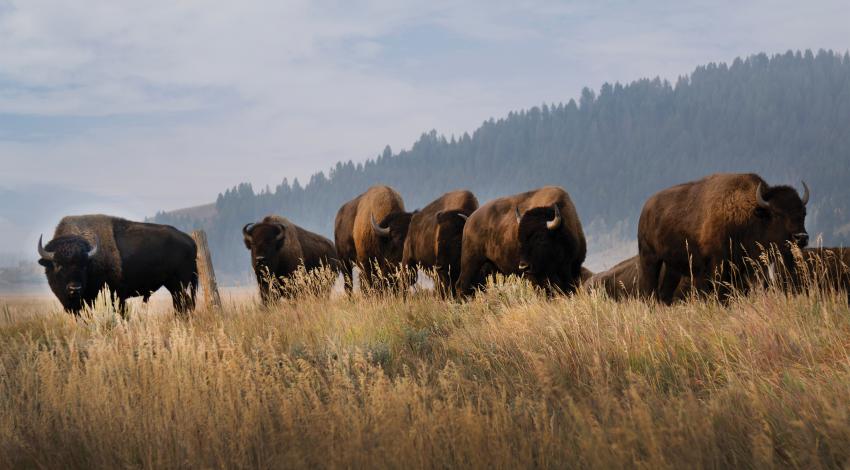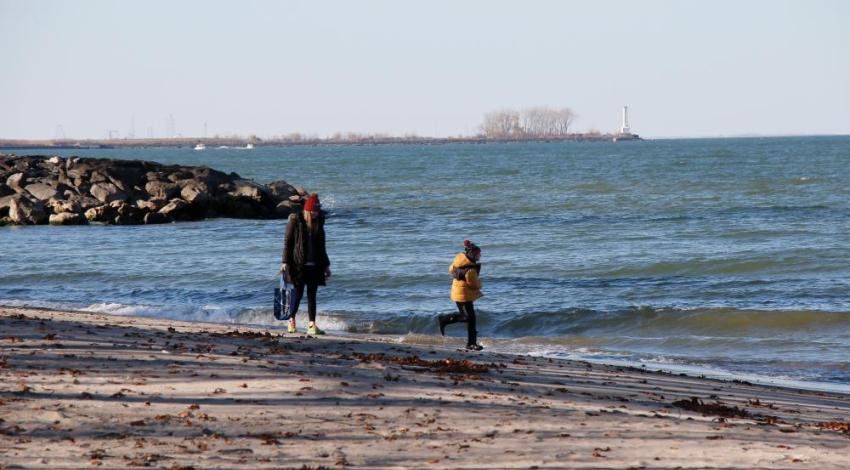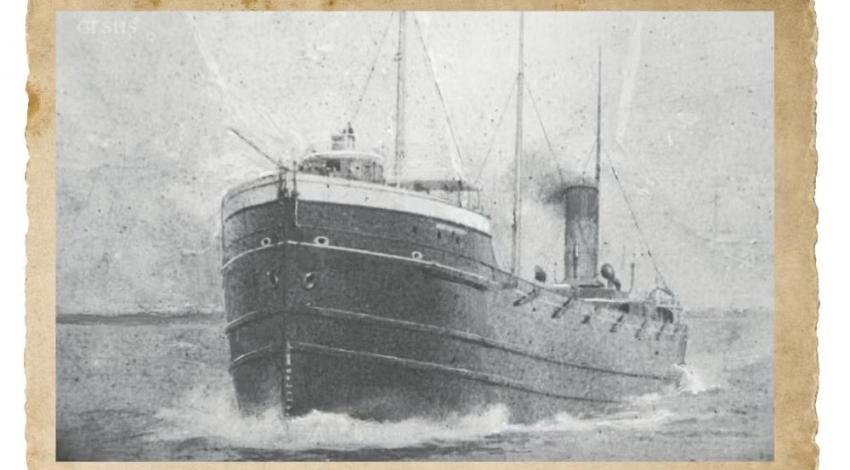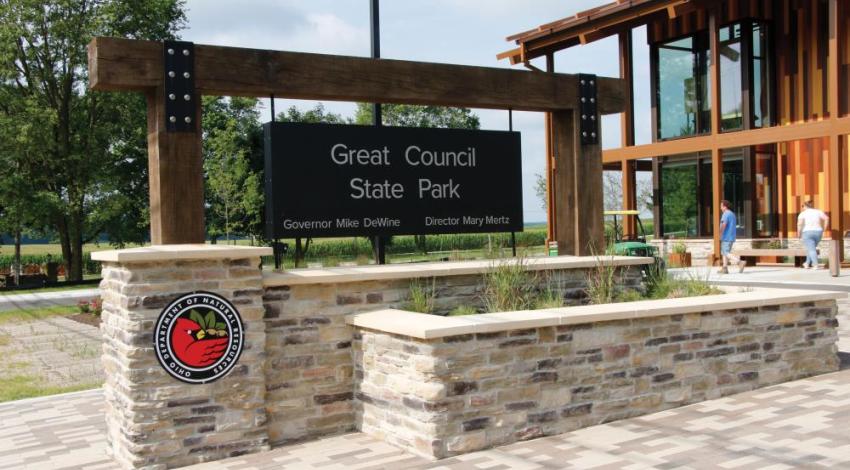Gray squirrels are the bane of those of us who attempt to keep backyard bird feeders filled with birdseed. In large cities, small towns, and even rural areas across the Buckeye State, these arboreal aerialists seem to defy gravity in getting to places we don’t want them to be.
For instance, a very early Columbus resident and hunter shot 67 gray squirrels in one day from just one tree in the middle of a cornfield on what today is the Statehouse lawn.

